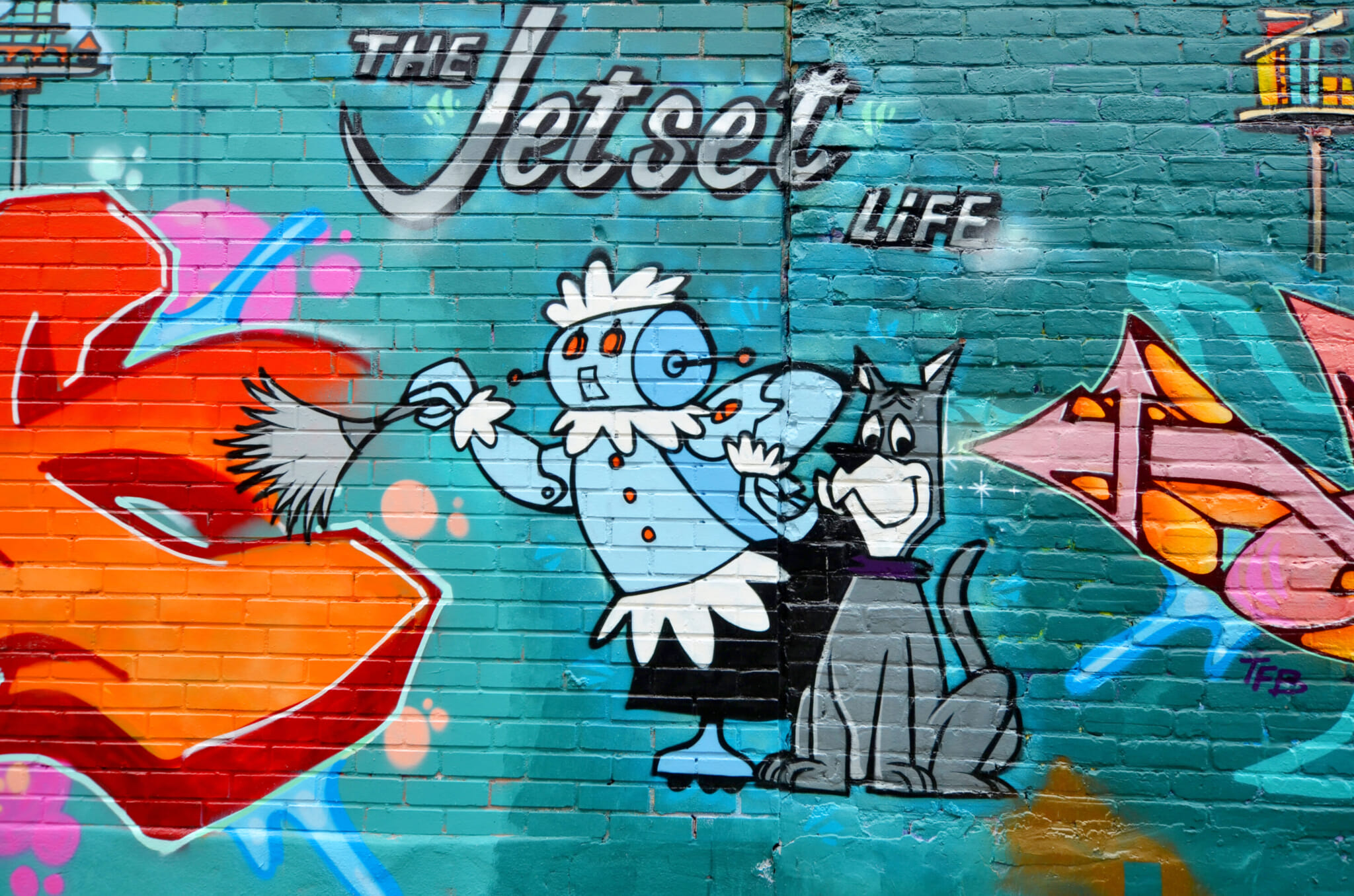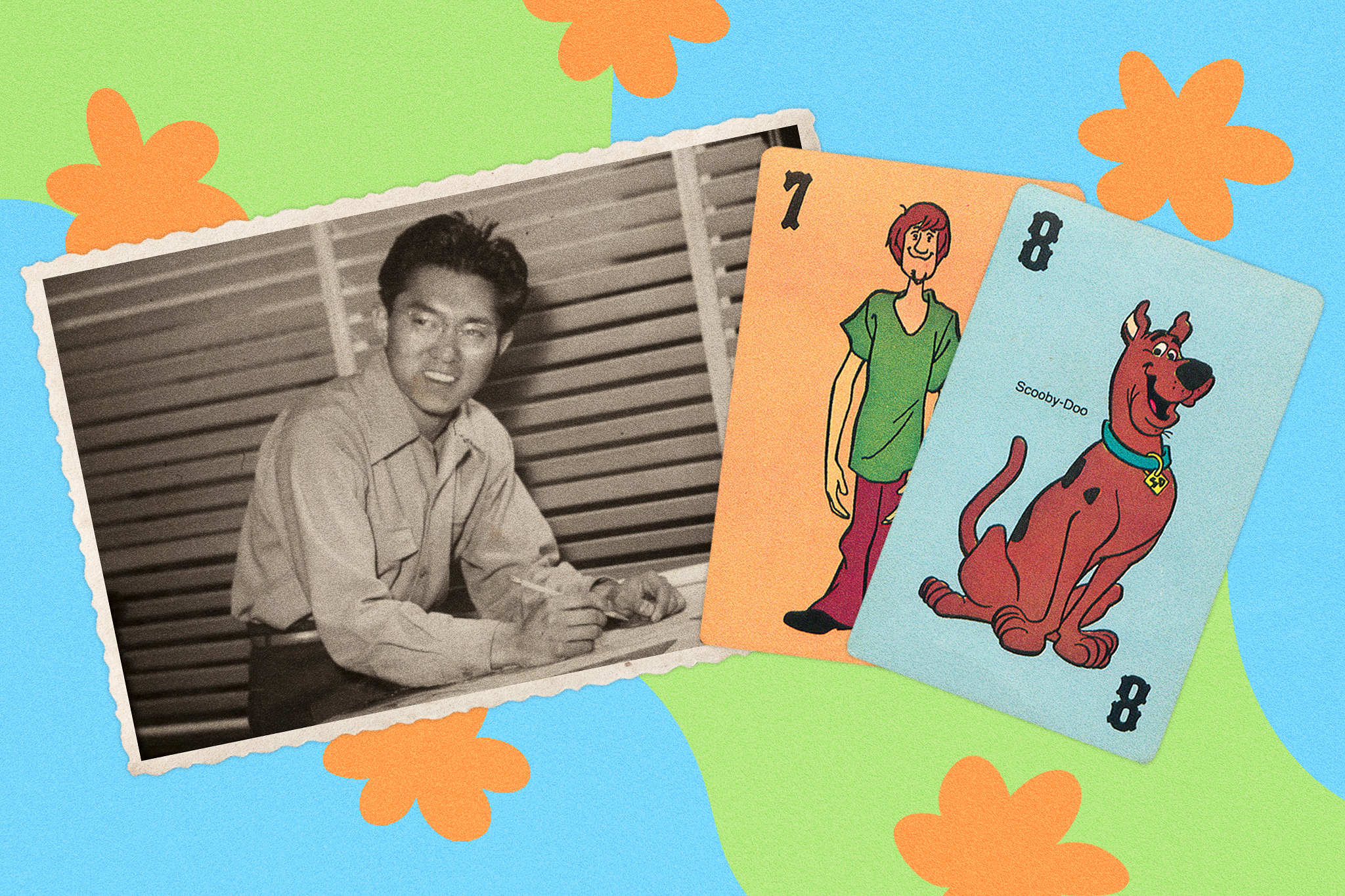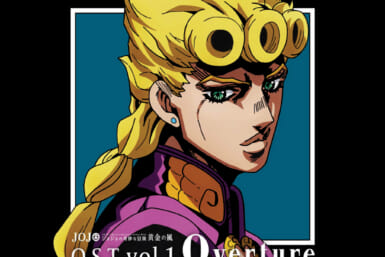Cinderella, Lady and the Tramp, Sleeping Beauty, One Hundred and One Dalmatians, Scooby-Doo, The Jetsons, The Flintstones, Charlotte’s Web. Besides making up the childhoods of people across four generations, the one thing those animated classics have in common is Japanese-American producer, director and animator Iwao Takamoto, who worked on all of them. After his death on January 8, 2007, Takamoto was briefly honored by various news sites for his iconic work for Disney, Hanna-Barbera and Warner Bros., yet sadly, he remains relatively unknown today. Let’s try to change that.
The Animation King
When it came to animated movies and cartoons, it seemed like there was nothing Takamoto couldn’t do. In 1945, he started working for Walt Disney Animation Studios, where he finished the rough animation for Cinderella, did quality control for Princess Aurora in Sleeping Beauty and oversaw the first full-scale use of xerography (where animators’ drawings were copied to a transparent cel sheet) in One Hundred and One Dalmatians. The technique was extremely cost-effective and, according to the Smithsonian Magazine, actually ended up saving Disney from insolvency.
Takamoto was not done yet, though. In 1961, he joined Hanna-Barbera Productions, where he designed classic cartoon characters like Penelope Pitstop, Atom Ant, Secret Squirrel, Grape Ape, the animated Harlem Globetrotters and Josie and the Pussy Cats. He also supervised shows like The Addams Family, Hong Kong Phooey and Jabberjaw, and even found success as a director with Charlotte’s Web (1973), based on E.B. White’s 1952 book. He later wrote that he initially struggled with making the character of Charlotte the spider appealing, but in the end he “concentrated on finding a way to take advantage of her large eyes to make her sweet and feminine-looking.” But spiders weren’t Takamoto’s specialty. Dogs were.

Street art of The Jetsons spotted in Montréal, Canada on April 7, 2014 | Photo by meunierd via Shutterstock
The Many Dogs of Iwao Takamoto
Everyone has something that they are really good at. For Takamoto, it was designing iconic cartoon dogs. He started out with improving the design of Lady in Lady and the Tramp (1955), making her look cuter and more endearing than in the initial sketches. He also designed the Jetsons’ dog Astro and Muttley from Wacky Races and Dastardly and Muttley in Their Flying Machine. But his greatest accomplishment was probably coming up with the look of Scooby-Doo.
Takamoto designed the entire main cast of Scooby-Doo, including the meddling kids’ dog companion, who the studio originally envisioned quite differently. According to Michael Mallory, author of Hanna-Barbera Cartoons, “Iwao gave us Scooby-Doo. Without him, it would have been a little Airedale, and the show would have lasted one season.” The reason why Takamoto landed on a Great Dane was apparently because of a Hanna-Barbera employee who worked in the ink and paint department and dealt professionally with the breed. When asked to describe her prize winners, she told Takamoto that a truly great Great Dane was characterized by “a straight back, straight legs, small chin and such.”
“I decided to go the opposite [way],” Takamoto later explained, “and gave [Scooby] a hump back, bowed legs, big chin and such. Even his color is wrong.” Of course, “wrong” is a very relative term here, seeing as Scooby-Doo has been on the air for nearly 55 years now. We can all hope to make those kinds of “wrong” choices.
Gifting the World Joy That His Own Childhood Lacked
Takamoto was born in 1925 in Los Angeles as the son of a Hiroshima migrant. However, after the bombing of Pearl Harbor, he and 110,000 – 120,000 other Japanese-Americans were forced into the Manzanar internment camp. It wasn’t the happiest place on Earth, to say the least, but Takamoto occupied his time with drawings and such. After the war, he continued his new-found passion by buying two inexpensive drawing pads and a pencil, filling every single page in them with whatever caught his eye. Those sketchbooks are what ultimately got him a job at Disney.
“I went in [to the interview] clutching these two pads and was ushered into this office,” Takamoto once explained. “His name was Mike Nelson who was doing the interviewing that day. He said, ‘Let me see what you got.’ So, I handed these two things over, and he spent quite a bit of time flipping through them. Then the question came up, ‘Are you in a hurry to get somewhere else?’ And I said no. He said,’if you can hang around for 15-20 minutes, I’ll be back.’ He picks up these two pads and disappears. Then he came back in, looked at me, and said, ‘Can you start Monday?’ Needless to say, I was totally stunned.”
And so began the career of a multitalented artist who went on to become Vice-President of Creative Design at Hanna-Barbera, Vice President of Special Projects for Warner Brothers Animation and the recipient of the 2005 Golden Award from the Animation Guild. Not everyone may know the name Iwao Takamoto, but nearly the entire world knows of at least one of his creations. Few artists can lay claim to that kind of legacy.









